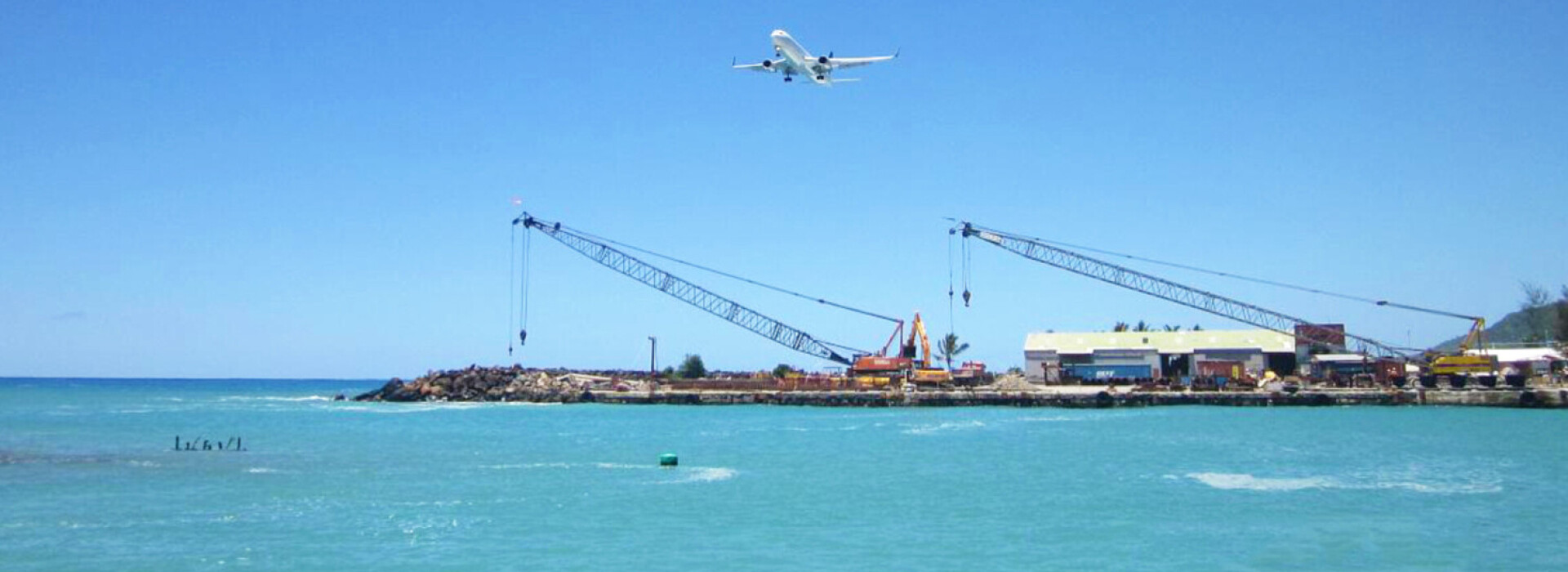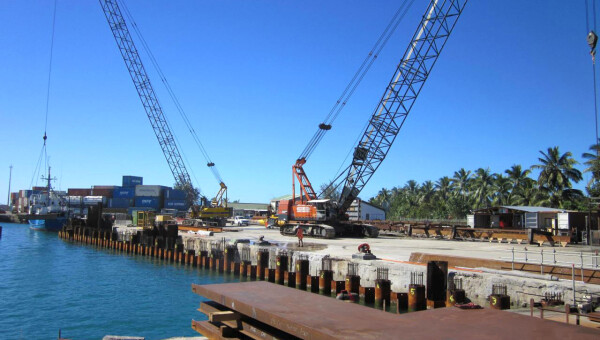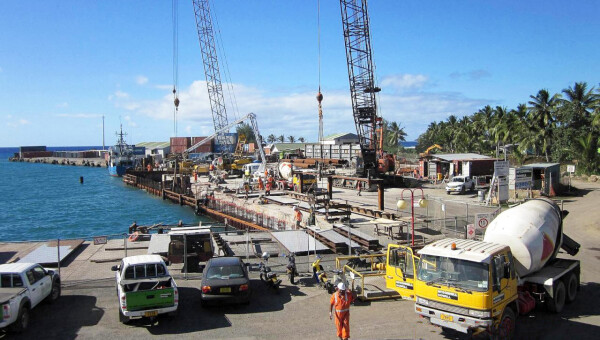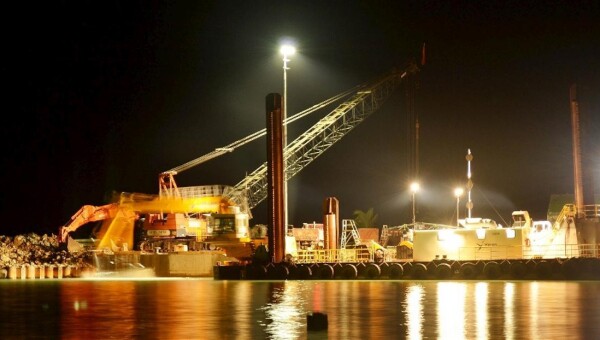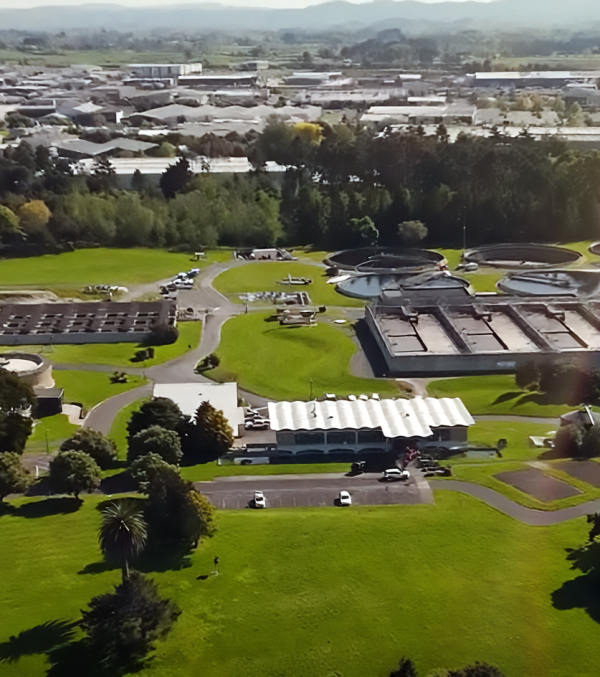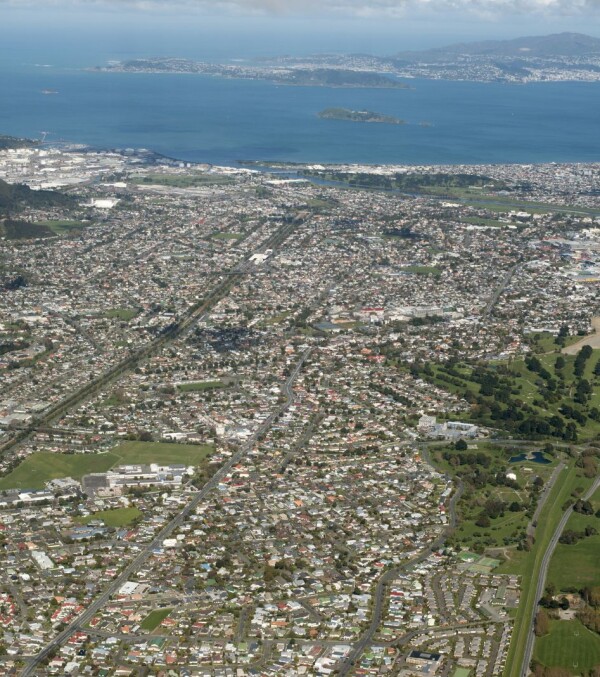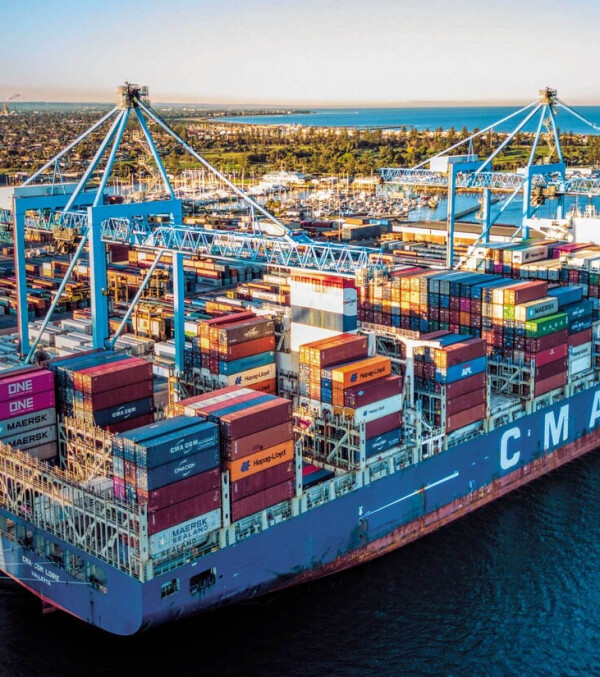|
Customer: Cook Islands Port Authority Contract type: Construct Only Location: Rarotonga, Cook Islands |
Fast Facts
|
Working closely with the Cook Islands Port Authority, we expanded their existing port facilities to accommodate larger cargo and cruise ships. Staging our works around their existing operations, we implemented a number of initiatives to expedite the works.
Our scope included: construction of a new 270 m long wharf; dredging and widening of the main harbour to increase turning movements for ships; armoured revetment shore protection around the entire harbour; demolition of wharf structures and buildings; and provision for new lighting.
The project was located in a relatively remote Pacific Island location, and we therefore had to be self-sufficient in terms of all our operational requirements, including power, water, and plant maintenance. We established extensive site facilities to service the project, including a dedicated concrete and crushing plant, testing laboratory, and workshops.
The port needed to remain fully operational during the construction period. In addition, the oil and gas bunkering manifold located in the middle of the existing wharf needed to be maintained and accessible until the new manifold was constructed.
To avoid disruption, we built the project in 'sections', with each section fully completed before commencing the next. The new wharf face was constructed from a mixed wall of steel tubes and sheet piles with a concrete capping beam and 40m wide structural pavement behind the wall. The deck was constructed in three parts as a total of 270m long x 30m wide x 500mm thick reinforced concrete slabs, plus additional aprons and turning areas to access the new slabs and existing port facilities.
A number of initiatives were engaged to expedite the works, including altering piling techniques and the construction methodology for the tremmie concrete. Another innovation was the development of an alternative retaining wall load flow path that allowed for reduced infill sheet pile and welded interlock length, thereby reducing both the cost of these works.
Keys to success
A collaborative approach was taken working with the client and their designer to provide value engineering to the project to ensure that it was within the client’s budget. This project demonstrates our flexibility and multidiscipline capability with team members working across specialties to complete the project and prevent lag times.
Environmental Management
For the dredging works, silt curtains were not able to be utilised due to the close proximity to a major waterway, so care was taken to ensure that dredging did not raise large amounts of sediment. We also monitored in and out of the harbour to ensure sediment didnt impact sensitive areas. We worked closely with the local glass bottom boat tour operator to ensure that their operation was not affected by suspended sediment. There were no spills during wharf construction or dredging.
Developing cost effective engineering solutions
A number of initiatives were engaged to expedite the works, including altering piling techniques and the construction methodology for the tremmie concrete. Another innovation was the development of an alternative retaining wall load flow path that allowed for reduced infill sheet pile and welded interlock length, thereby reducing both the cost of these works.
A better way of life, creating jobs and boosting incomes
Local resources and contractors were utilised where possible. With more than 60 hungry staff to feed, local businesses such as cafes, food vans and the weekly farmers market benefited from the project. Part of the seawall construction was sublet to a local contractor to source and install rock works.
While some local staff had worked in construction previously, others had no expeience at all. A key focus was to develop the skill base to a uniform level. We provided health and safety training through our three-tiered safety induction programme and task-specific training where needed – including a slinging and rigging course by our National HSE Manager. We supported a young school leaver to complete a Level 2 Certificate for civil entry through the BCITO. The oppertunity to work on a large cale project like Avatiu is rare in Rarotonga, gaining valuable technical skills that can be applied to future projects.

